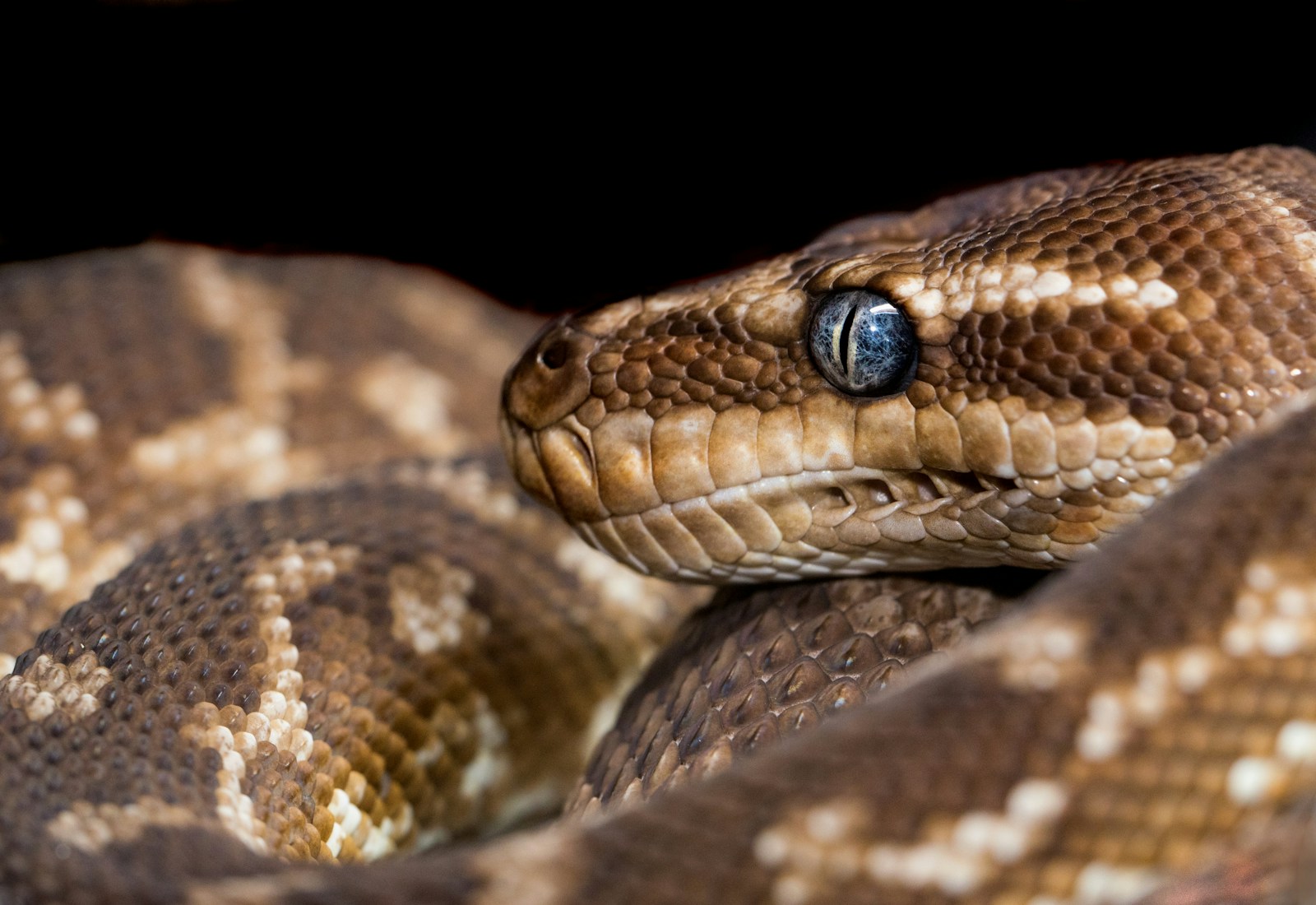The animal kingdom is filled with remarkable adaptations, but few are as captivating as the extraordinary diversity found in snake eyes. From slits to round pupils, from transparent scales covering the eyes to deeply recessed orbs, snake eyes showcase incredible variation that reflects millions of years of evolutionary adaptation. This diversity isn’t random—it represents precise adaptations to different habitats, hunting strategies, and survival needs. As we examine the fascinating world of snake vision, we’ll discover how these variations help different species thrive in their ecological niches and what these adaptations reveal about the remarkable evolutionary journey of these limbless reptiles.
The Basic Anatomy of Snake Eyes
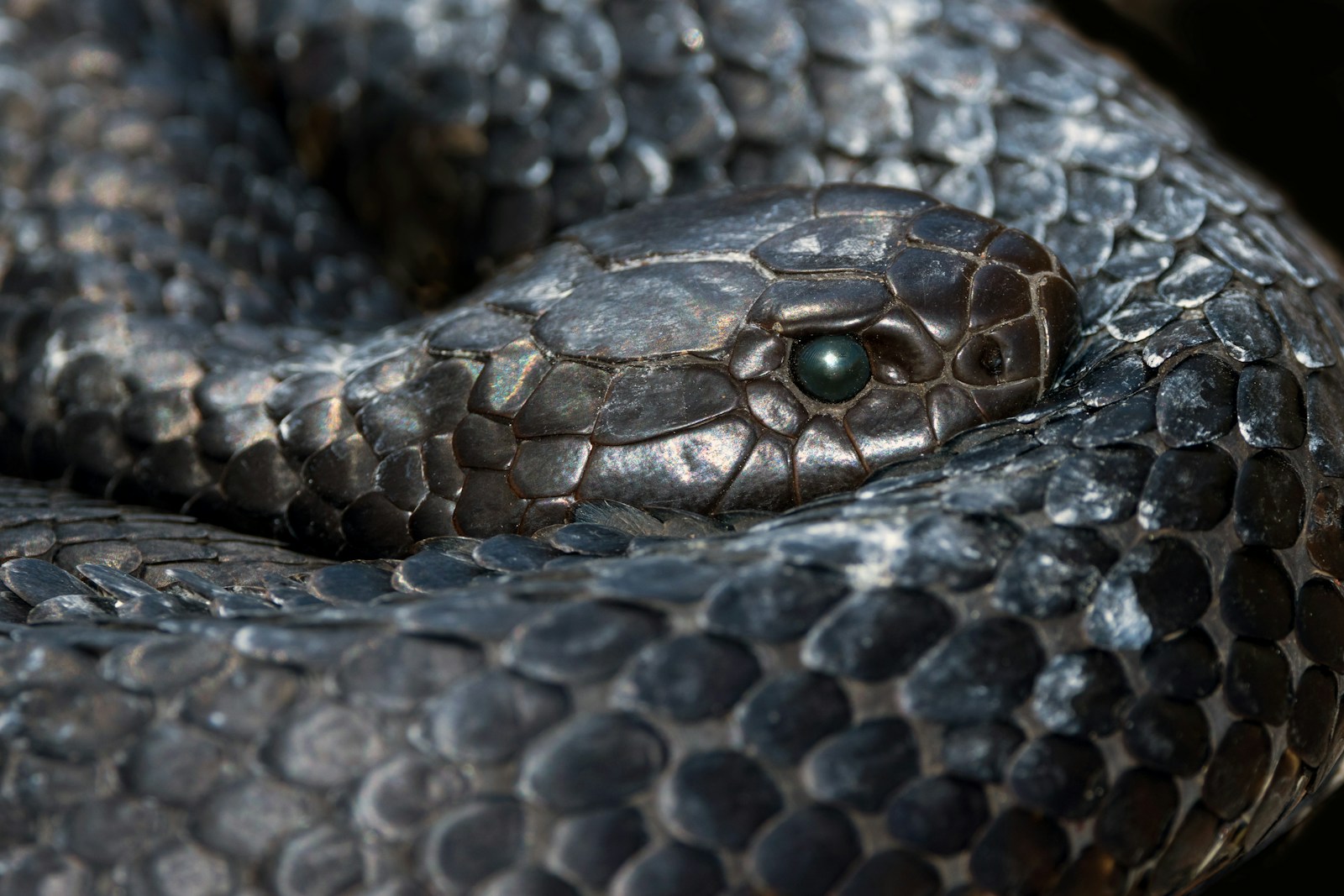
Snake eyes share fundamental structures with other vertebrates but have evolved specialized features uniquely suited to their lifestyles. Unlike humans, snakes don’t have movable eyelids; instead, their eyes are protected by a transparent scale called a spectacle or brille, which is shed during the molting process. Behind this protective covering, the eye contains a cornea, iris, lens, and retina similar to our own. Most snake species possess a unique adaptation called the conus papillaris—a vascularized structure that extends from the retina and helps nourish the eye. The shape of the pupil, which controls light entry, varies dramatically between species and represents one of the most visible adaptations in snake eyes, often reflecting the snake’s primary hunting strategy and activity patterns.
Vertical Pupils: The Ambush Hunter’s Advantage
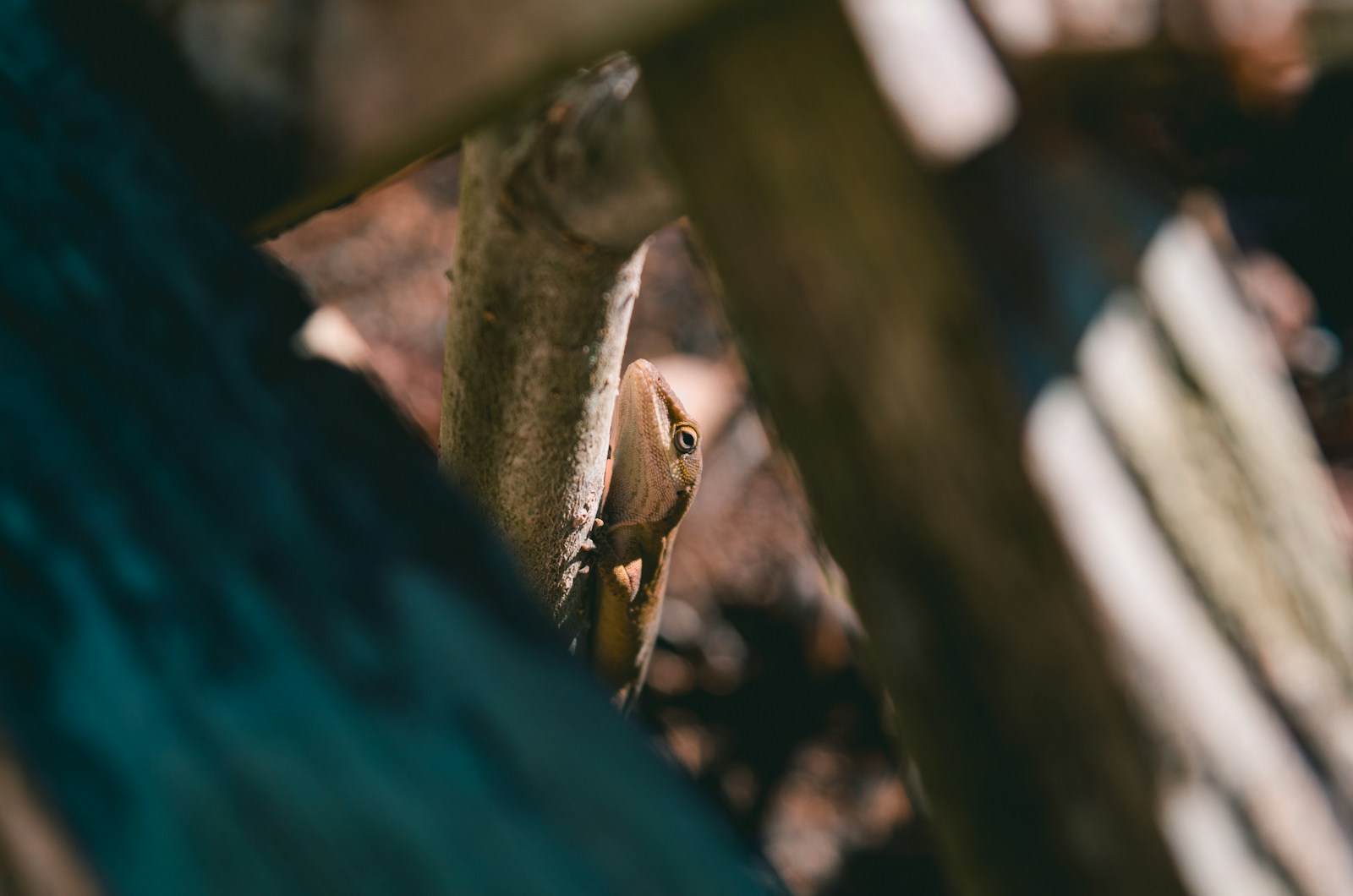
Vertical, slit-like pupils are common among ambush predators like vipers, pythons, and boas, providing distinct advantages for their hunting style. These elongated pupils allow for excellent depth perception in low light while controlling the amount of bright light that enters the eye during daylight hours. This adaptation is particularly beneficial for nocturnal species that must transition between darkness and patches of moonlight or dawn light. The vertical slit can dilate dramatically in darkness, opening wide to capture available light, then contract to a narrow line in brightness to protect sensitive retinal cells. Research has shown that vertical pupils also enhance the ability to judge distances accurately without moving the head—a crucial advantage for ambush predators that must remain perfectly still until the precise moment to strike.
Round Pupils: The Active Hunter’s Design
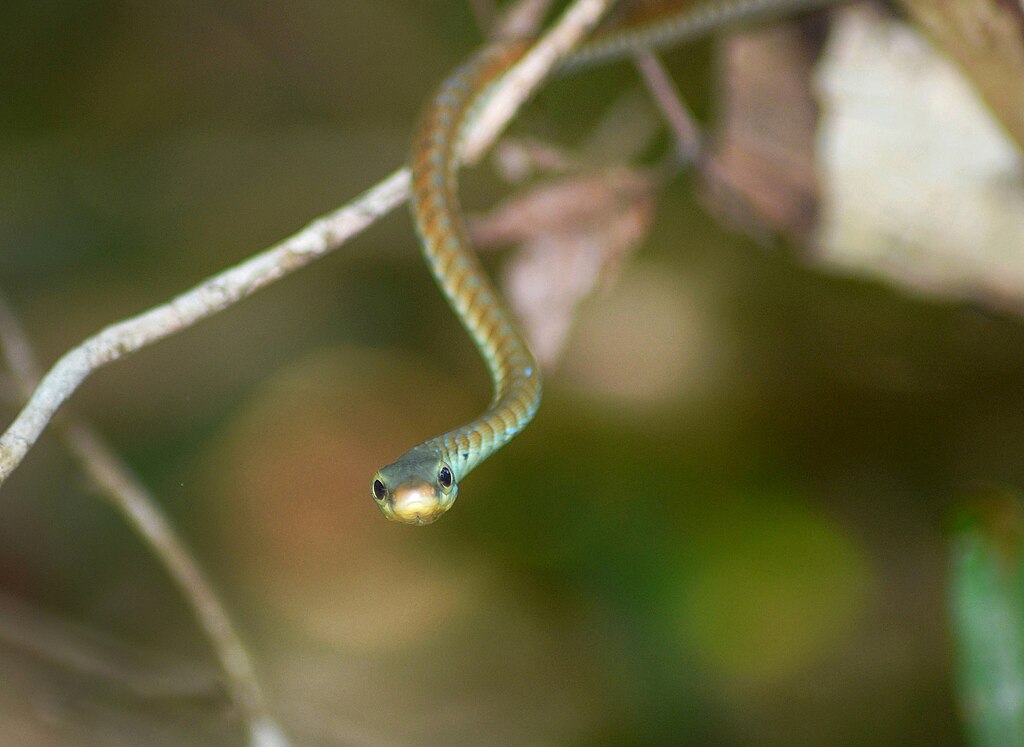
Round pupils are predominantly found in diurnal snake species like colubrids (including rat snakes and king snakes) that actively forage for prey during daylight hours. This pupil shape maximizes visual acuity and light gathering in consistent lighting conditions, allowing these active hunters to spot movement with greater precision as they search for prey. The round pupil doesn’t contract as extremely as vertical pupils, reflecting these snakes’ lesser need to transition between drastically different light conditions. Many round-pupilled species have excellent color vision compared to their vertical-pupilled relatives, an advantage when hunting in daylight among colorful surroundings. This pupil morphology correlates strongly with hunting strategies that rely more on visual detection of prey rather than ambush tactics.
Horizontal Pupils: The Rare Adaptation

Horizontal pupils are uncommon among snakes but appear in a few specialized species, most notably some sea snakes. This pupil orientation provides advantages for species that must navigate the unique visual challenges of aquatic environments. The horizontal slit helps reduce glare from sunlight reflecting on water surfaces while maintaining a wide field of view in the horizontal plane—crucial for detecting prey or predators in an open aquatic environment. This adaptation demonstrates convergent evolution with other animals that face similar visual challenges, such as goats and sheep, which use horizontal pupils to scan wide horizons for predators. For sea snakes, this pupil shape helps them maintain visual contact with prey while swimming in variable light conditions near the water’s surface.
Infrared Vision: The Heat-Sensing Specialists
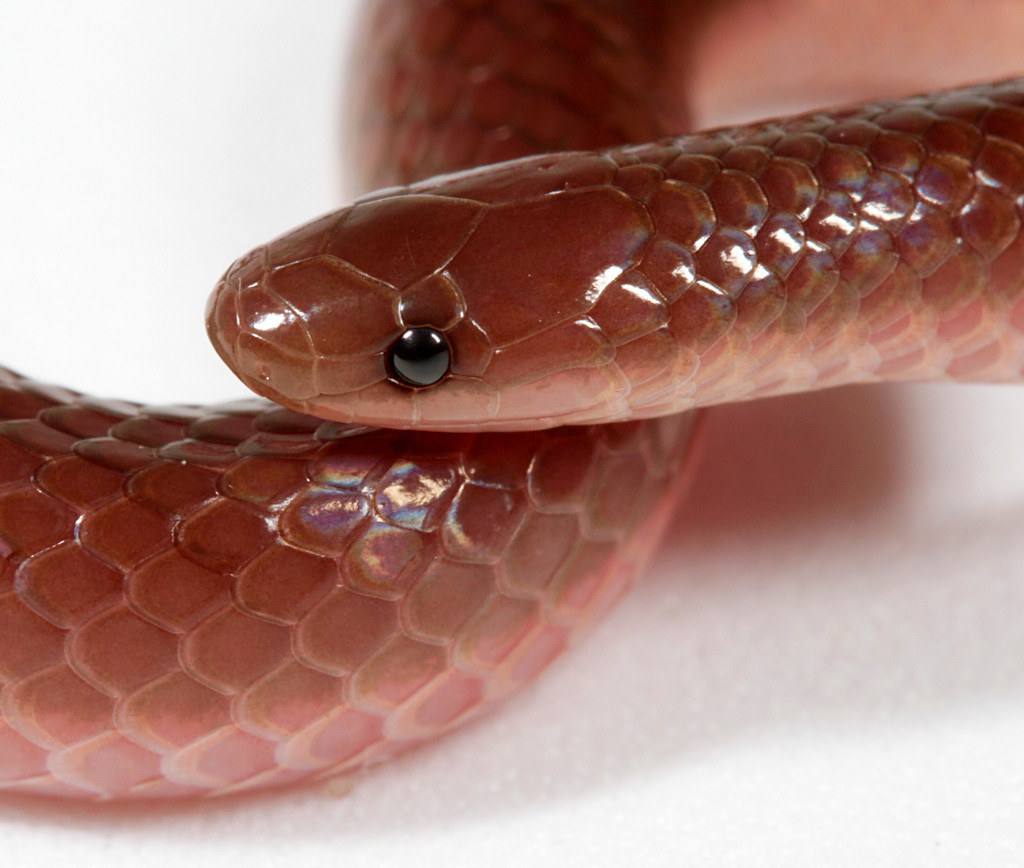
Perhaps the most extraordinary variation in snake visual systems is found in pit vipers, pythons, and boas, which possess specialized heat-sensing organs called pit organs that effectively provide a form of infrared vision. These organs, located between the eye and nostril in pit vipers or along the lip scales in boas and pythons, detect heat radiation from warm-blooded prey. The brain integrates this thermal information with visual input, creating a composite image that allows these snakes to hunt effectively in complete darkness. This remarkable adaptation enables species like rattlesnakes to strike with pinpoint accuracy at the warm body of a mouse even when conventional vision is limited or absent. Research suggests that this infrared system can detect temperature differences as small as 0.001°C, making it one of the most sensitive natural heat detection systems known.
Spectral Sensitivity: Seeing Beyond Human Vision

Snake eyes vary significantly in their sensitivity to different wavelengths of light, with adaptations tailored to their ecological niche. Many nocturnal species have retinas dominated by rod cells that excel at gathering light but offer limited color discrimination, prioritizing movement detection over color vision. Conversely, diurnal species often possess more cone cells, enabling better color discrimination that helps them identify prey against varied backgrounds. Some snake species can see into the ultraviolet spectrum, perceiving wavelengths invisible to humans—an adaptation that may help them track prey through urine trails that reflect UV light. This spectral variation reflects the diverse visual challenges snakes face, from hunting in bright daylight to navigating through the darkness of underground burrows or dense forest floors.
The Eyescale: A Transparent Shield
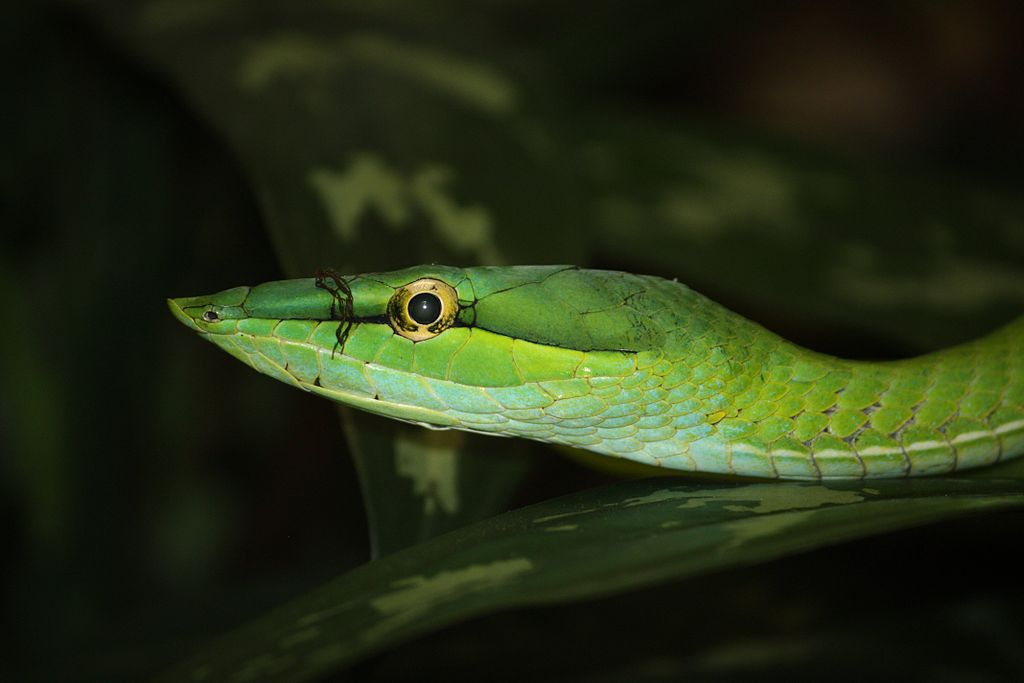
The transparent scale covering a snake’s eye, known as the spectacle or brille, represents a critical adaptation that differs among species based on their habitat and behavior. Desert-dwelling species often have thicker, more durable spectacles that protect against sand and harsh UV radiation, sometimes with specialized ridges or structures that help clear debris during sand movement. Aquatic snakes typically possess spectacles with adaptations for underwater vision, including different refractive properties that compensate for the distortion caused by water. The clarity and thickness of this protective scale varies between species, directly influencing visual acuity and representing a evolutionary trade-off between eye protection and visual performance. During shedding cycles, the spectacle becomes cloudy as the old layer separates from the new one beneath, temporarily impairing vision—a vulnerable period that many species compensate for by becoming less active or hiding until the shed is complete.
Eye Placement: Field of Vision Variations
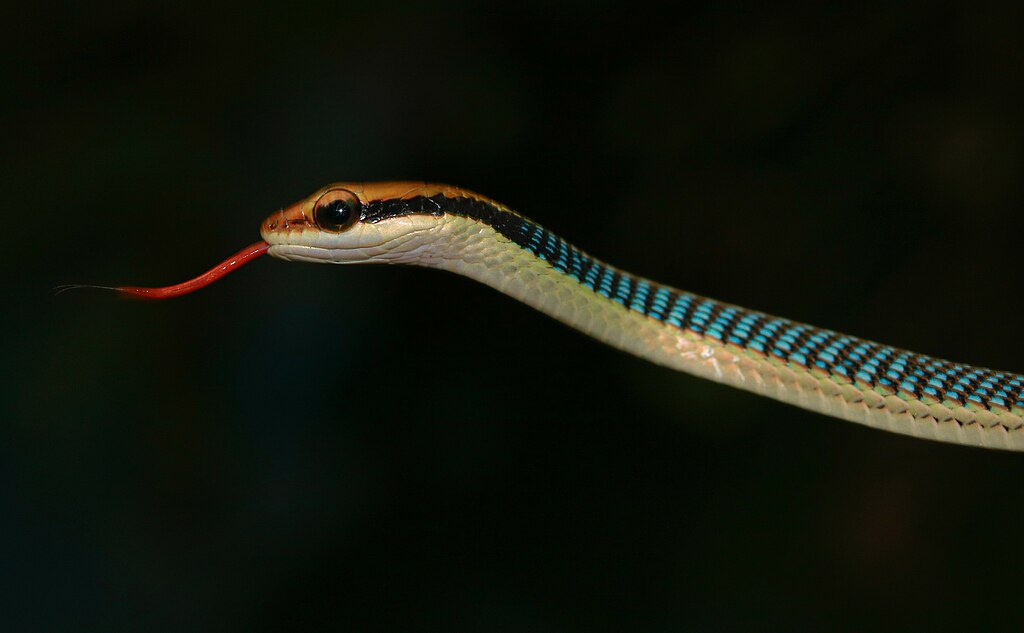
The position of eyes on a snake’s head varies significantly between species, directly influencing their field of vision and hunting capabilities. Arboreal species like vine snakes often have distinctly forward-facing eyes that provide enhanced binocular vision and depth perception—crucial adaptations for navigating three-dimensional environments and judging distances when striking at prey from branches. In contrast, many ground-dwelling species possess more laterally positioned eyes that provide a wider field of view, allowing them to monitor a broader area for potential threats or prey opportunities. Some specialized burrowing snakes have extremely reduced eyes positioned to minimize damage during tunneling while still providing basic light detection capabilities. These variations in eye placement represent specific adaptations to different lifestyles, demonstrating how vision has been fine-tuned through natural selection to match each species’ primary survival challenges.
Eye Size: From Prominent to Vestigial
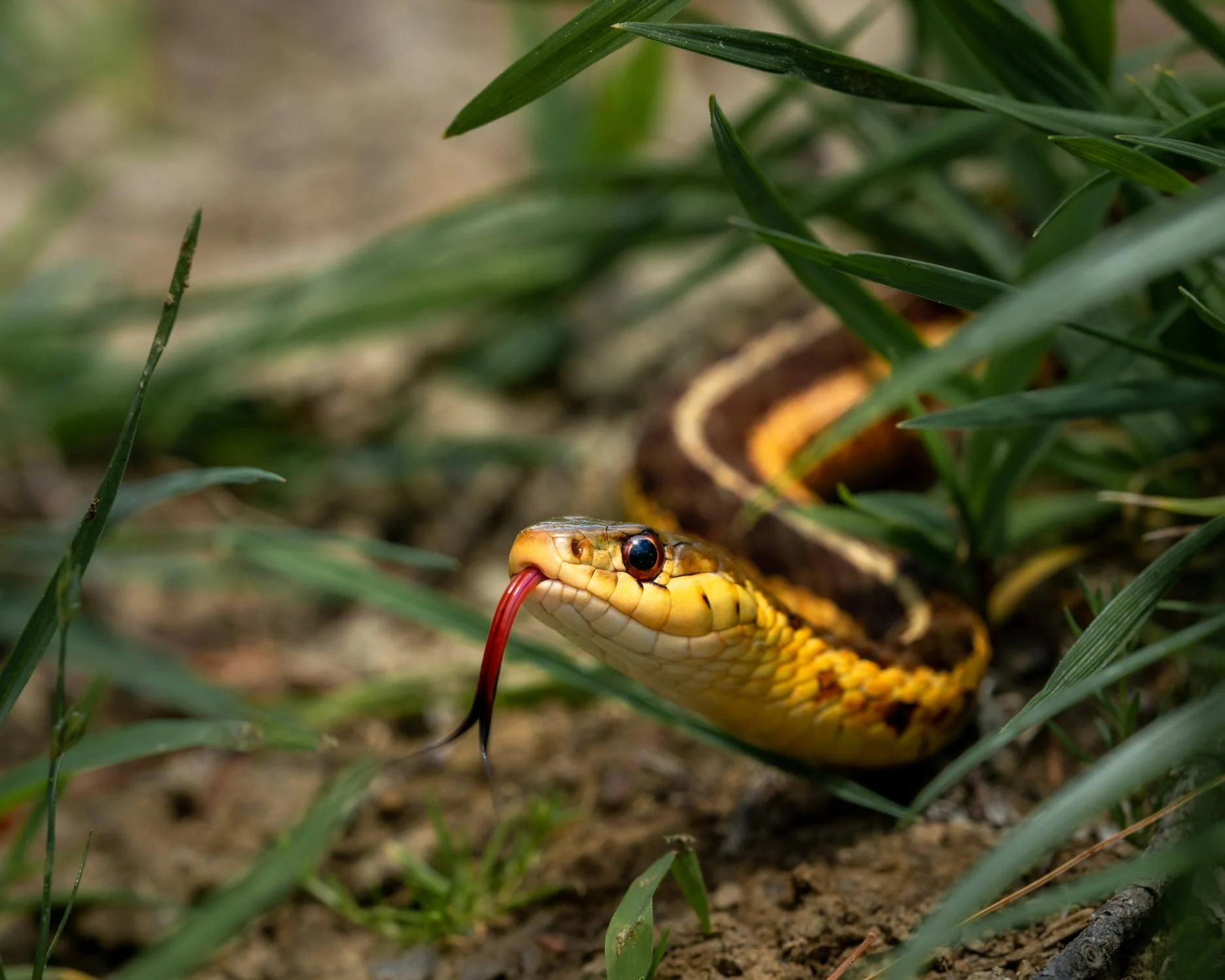
Eye size varies dramatically across snake species, reflecting different reliance on vision as a primary sense. Tree-dwelling species that hunt actively during the day, such as mambas and some colubrid snakes, typically have proportionally larger eyes that capture more light and provide better visual acuity for spotting prey among foliage. At the other extreme, fossorial (burrowing) species like blind snakes have greatly reduced, sometimes nearly vestigial eyes covered by scales, as vision offers limited benefit in their underground lifestyle where touch and chemical senses predominate. The relationship between eye size and visual importance extends to the brain, where species with larger eyes typically have more developed optic tecta—the brain regions responsible for processing visual information. This variation demonstrates how sensory structures can expand or contract through evolutionary processes to match ecological demands, conserving biological resources by investing only in the most useful sensory systems for each lifestyle.
Evolutionary Pressures Shaping Snake Vision
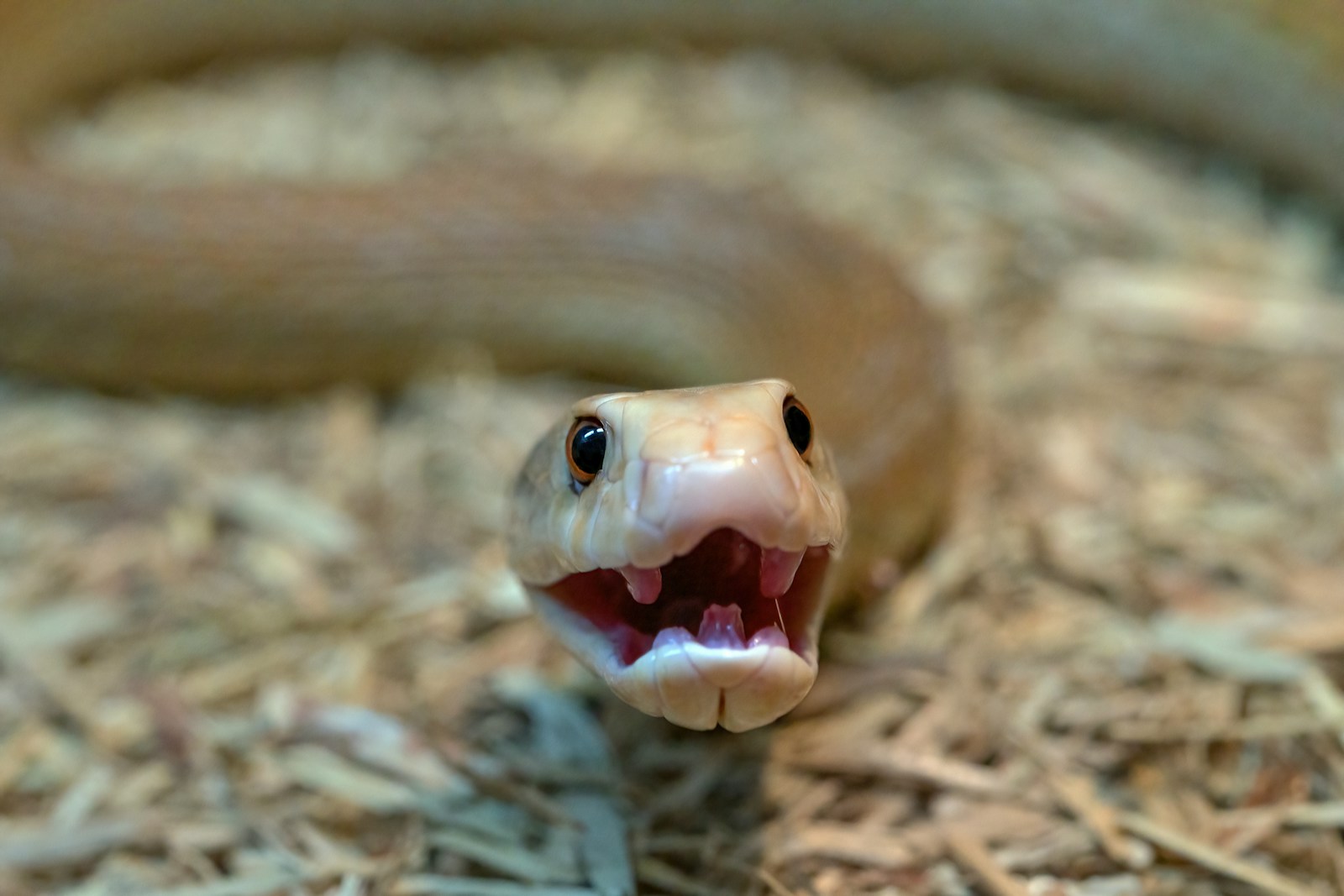
The remarkable diversity in snake eyes reflects millions of years of evolutionary adaptation to different ecological pressures. Predation risk has driven many species to develop eyes that excel at detecting movement in their peripheral vision, allowing early detection of threats. Hunting strategies have profoundly shaped visual adaptations, with sit-and-wait predators evolving different optimizations than active foragers. Environmental light conditions have exerted enormous selective pressure, with forest-dwelling species adapting to low-light filtering through canopy, while desert species contend with intense sunlight and potential eye damage. The evolutionary story of snake eyes also involves trade-offs between different senses, with species that rely heavily on heat detection or chemical sensing sometimes showing reduced investment in visual systems. These evolutionary adaptations didn’t occur in isolation but evolved in concert with other traits like body coloration, hunting behavior, and habitat preference to create optimized survival strategies.
Visual Acuity and Perception Differences
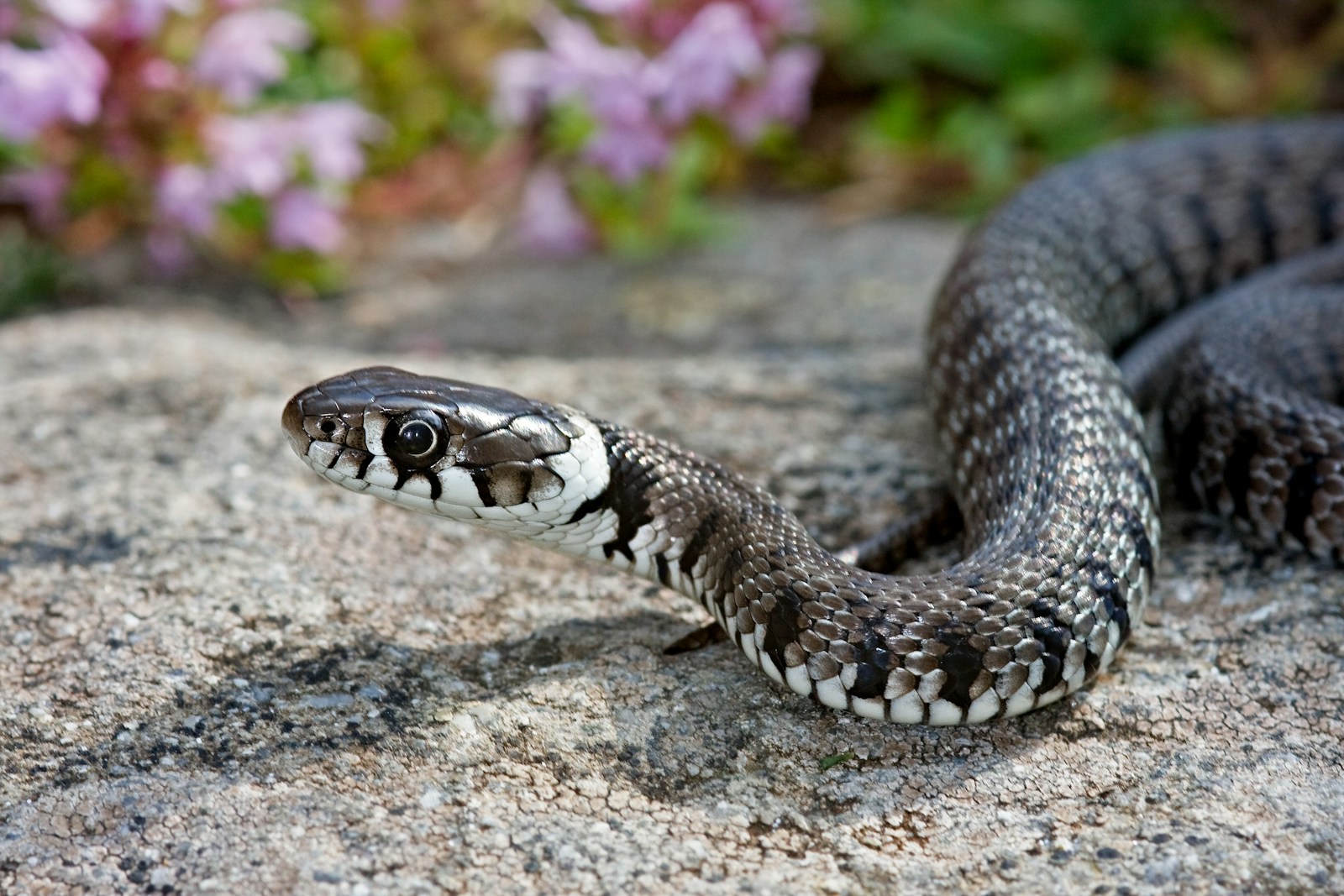
Visual acuity—the ability to distinguish fine details—varies substantially between snake species based on their ecological needs. Many arboreal hunters possess remarkably sharp vision, with some studies suggesting that certain tree-dwelling species can detect small prey items from several meters away with precision comparable to some birds of prey. In contrast, many ground-dwelling species have visual systems more attuned to detecting movement rather than fine detail, an adaptation that helps them spot scurrying prey against complex backgrounds. The ability to perceive depth also varies significantly, with ambush predators typically possessing superior depth perception that allows them to strike with accuracy. Research has revealed that some snakes possess unique neural adaptations for visual processing, including specialized brain circuits that rapidly detect and track motion—a vital capability for predators that must react to fast-moving prey animals.
The Relationship Between Pupil Shape and Behavior
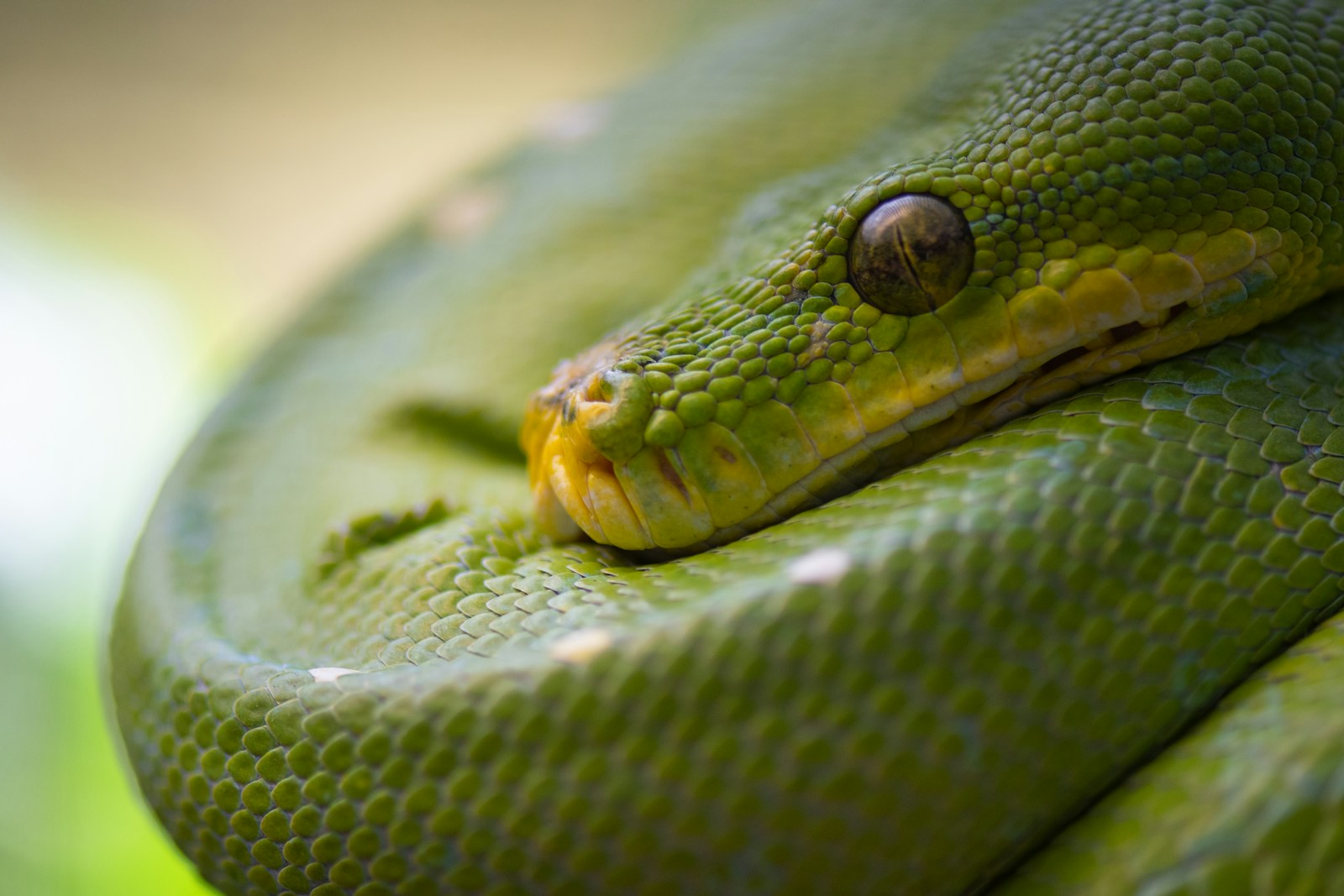
Scientific research has established strong correlations between pupil shape and behavioral patterns across snake species, revealing fascinating insights into evolutionary adaptation. A comprehensive study published in Science Advances found that vertical pupils strongly correlate with ambush predation and nocturnal activity, while round pupils typically indicate active foraging and diurnal habits. This pupil-behavior relationship extends beyond just hunting strategy to include microhabitat preferences, with vertical-pupilled species more commonly occupying low positions near ground level where light conditions vary dramatically. The functional advantages of each pupil type have been demonstrated through optical modeling that shows how vertical pupils provide superior ability to judge strike distance without head movement—essential for ambush hunters that must remain motionless. These correlations are so consistent that herpetologists can often make accurate predictions about a species’ behavior and ecological niche simply by examining its pupil morphology, highlighting how visual adaptations serve as windows into a species’ lifestyle.
Conservation Implications of Visual Adaptations
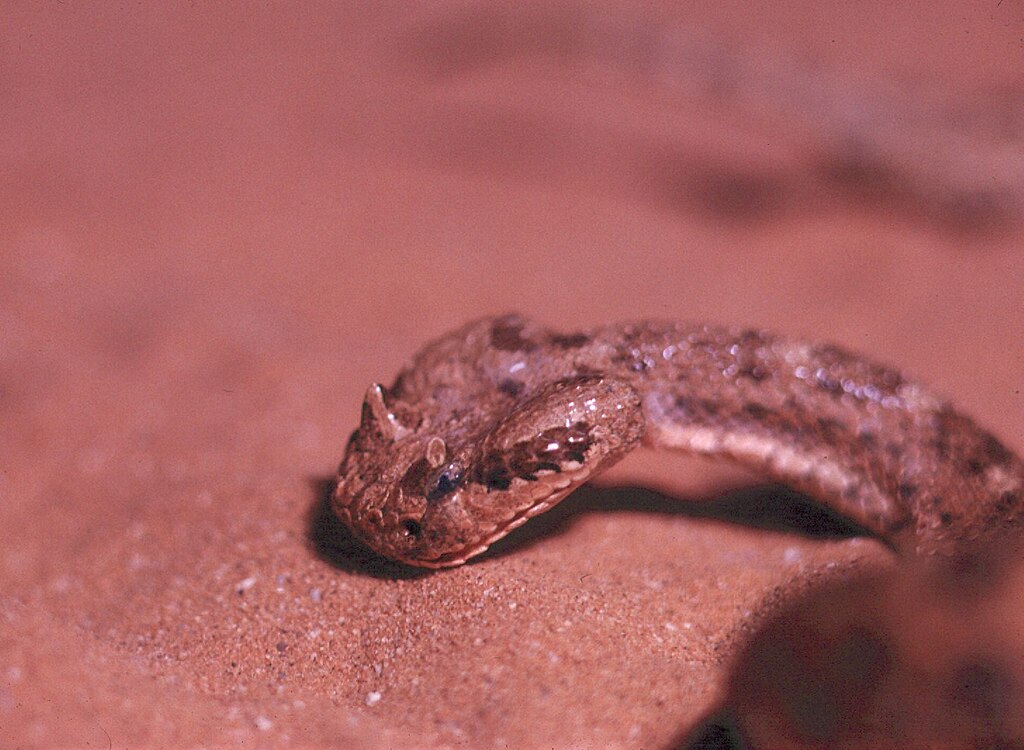
Understanding the diversity of snake visual systems has important implications for conservation efforts aimed at protecting these often misunderstood reptiles. Habitat fragmentation and artificial lighting can severely disrupt the visual ecology of many snake species, particularly those with specialized adaptations for low light or specific light conditions. Nocturnal species with vertical pupils may be especially vulnerable to light pollution, which can impair their hunting ability and disrupt natural behaviors. Conservation strategies informed by visual ecology can include maintaining dark corridors for nocturnal species to move between habitat patches and minimizing artificial lighting near critical snake habitats. For captive breeding programs, understanding species-specific visual requirements helps create more appropriate environments that better support natural behaviors and reduce stress. As climate change alters habitats and potentially shifts activity patterns, species with highly specialized visual adaptations may face additional challenges adapting to changing light conditions and prey availability.
The extraordinary diversity in snake eyes represents one of nature’s most elegant examples of adaptive evolution. From the vertical slits of ambush hunters to the round pupils of active foragers, from the specialized heat-sensing pits of vipers to the reduced eyes of burrowing species, each variation reflects precise adaptations to specific ecological challenges. These differences in eye morphology tell a story of evolutionary innovation spanning millions of years, where visual systems have been meticulously refined to match each species’ hunting strategy, habitat, and activity patterns. As we continue to study these remarkable adaptations, we gain not only a deeper appreciation for the complexity of snake biology but also valuable insights into the fundamental processes of evolution that have shaped life on Earth. Perhaps most importantly, understanding these adaptations reminds us that snakes—often feared or misunderstood—are marvels of natural engineering with sensory worlds uniquely their own.

